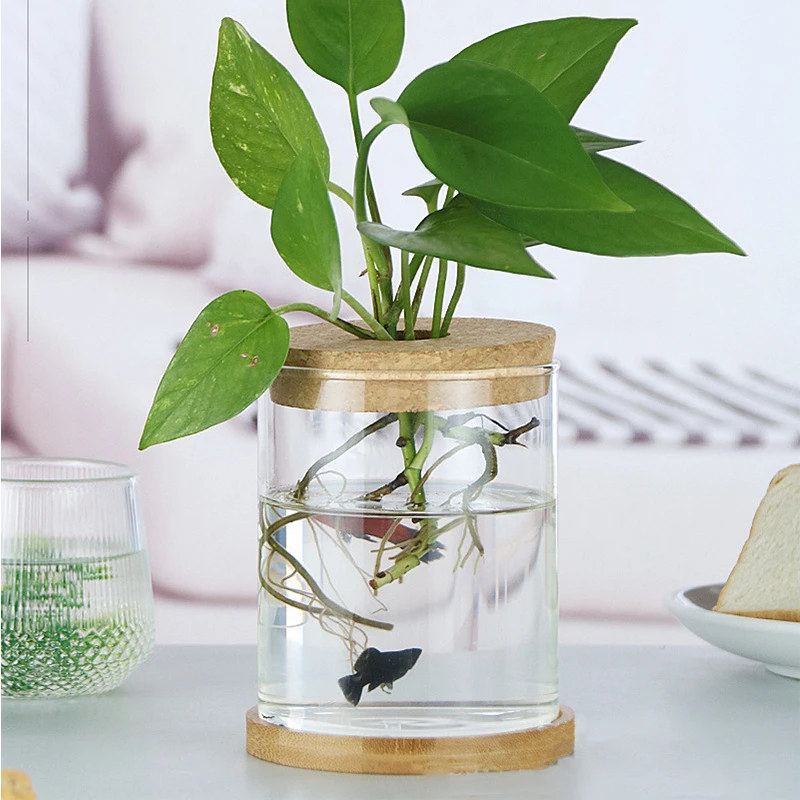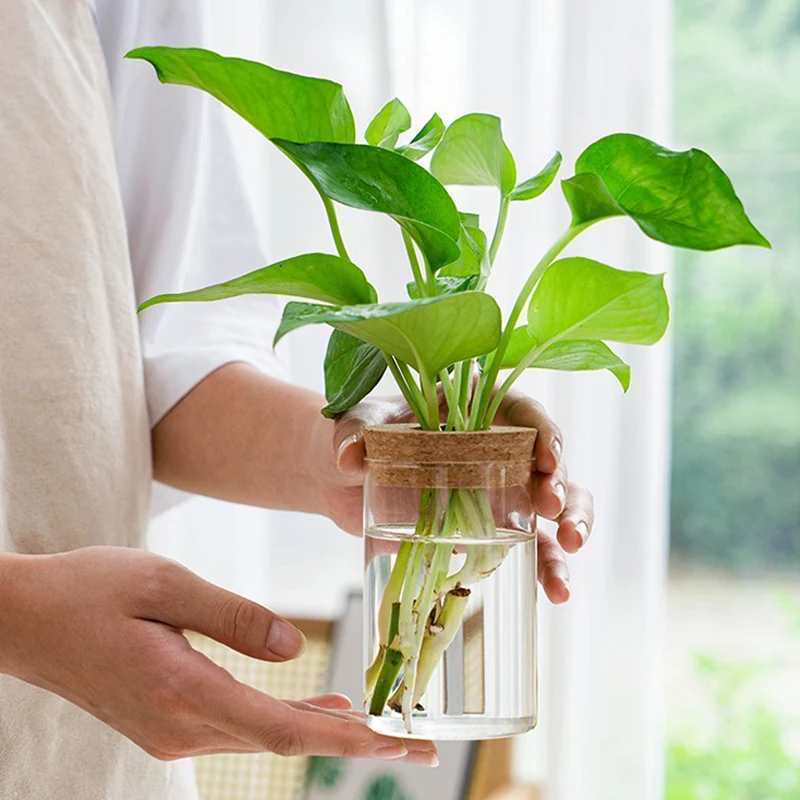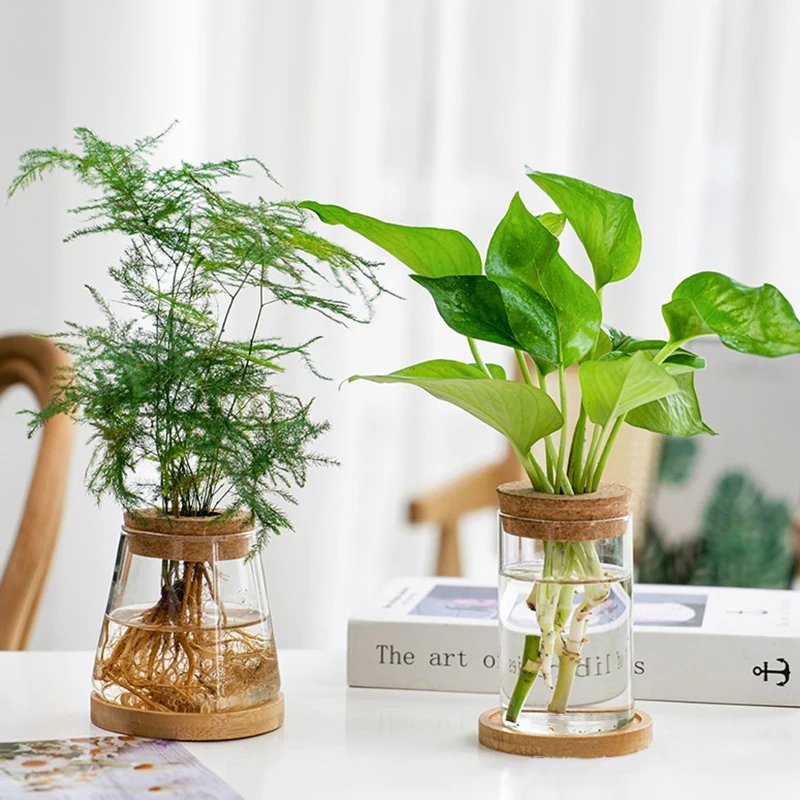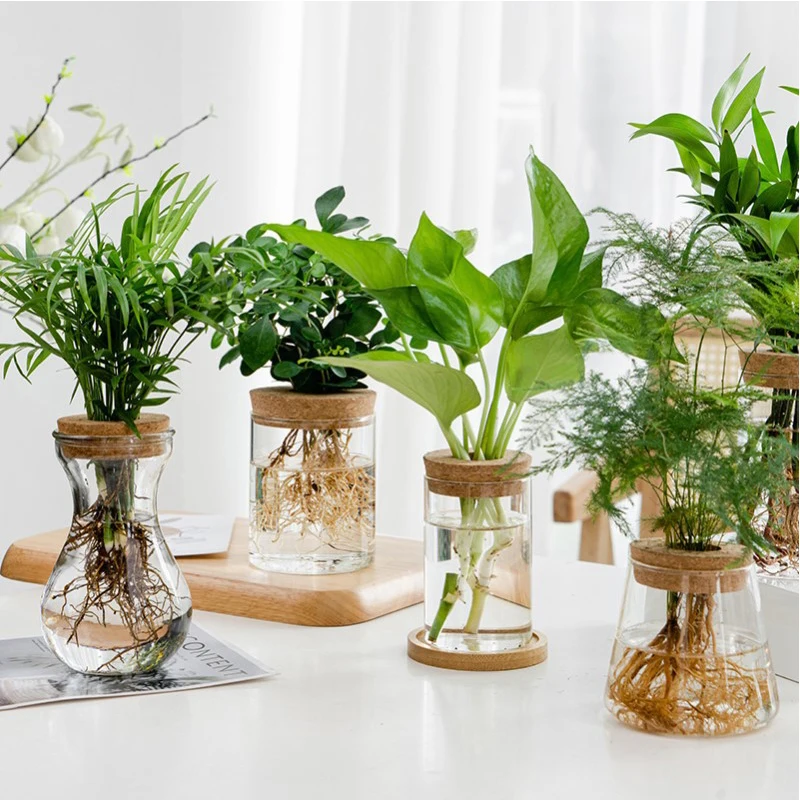Transforming your outdoor space into a personal oasis doesn’t necessarily require extensive construction work or a large budget. With a little creativity and the strategic use of flower pots, you can achieve a stunning and inviting landscape. Flower pots offer versatility, mobility, and endless design possibilities that can elevate the aesthetic appeal of your garden or patio. This comprehensive guide provides innovative landscaping ideas using flower pots to transform your outdoor space into a vibrant and welcoming haven.

The Versatility of Flower Pots in Landscaping
Flower pots are incredibly versatile landscaping tools that can be used in various ways to enhance your outdoor space. They come in different shapes, sizes, materials, and colors, allowing you to mix and match them to suit your design aesthetic. Flower pots can house not only flowers, but also a variety of plants, herbs, and even small trees. Their portability allows for easy rearrangement, enabling you to adapt the layout of your garden with changing seasons or preferences. This flexibility makes flower pots a practical choice for both small patios and expansive gardens.
Choose the Right Pots: Materials and Styles
Selecting the right flower pots is crucial for achieving the desired look and functionality in your garden. Common materials include ceramic, terracotta, plastic, metal, and wood, each offering distinct benefits and aesthetics. Ceramic and terracotta pots provide a classic, earthy feel and are excellent for retaining moisture, making them ideal for plants that require consistent watering. Plastic pots are lightweight, affordable, and come in a range of colors and designs, offering flexibility for dynamic landscaping. Metal pots add a modern, industrial touch, while wooden pots provide a rustic, natural look. Consider the style, durability, and lightweight nature of the pots, ensuring they complement your overall landscape design.
Creating Visual Interest with Varying Heights
One of the simplest yet most effective ways to create visual interest in your garden is by using flower pots of varying heights. This can be achieved by selecting pots of different sizes or placing them on stands and pedestals. Taller pots can house larger plants or small trees, serving as focal points, while shorter pots can contain blooming flowers or cascading plants that spill over the edges. Arranging pots in clusters with varying heights adds depth and dimension, making the space feel more dynamic and engaging. Experimenting with different heights can highlight specific areas of your garden, drawing attention to architectural features or favorite plants.
Layering and Grouping for Impact
Layering and grouping flower pots are effective strategies for creating impactful, cohesive displays. Start by arranging pots in groups of odd numbers (three, five, or seven) to achieve a more natural and aesthetically pleasing look. Layering involves placing pots with lower-growing plants in the front and taller plants in the background, creating a sense of depth. Grouping pots with similar colors or complementary hues can tie the display together. For a bolder statement, mix and match different textures and patterns. This technique can be applied to various areas of your outdoor space, such as entryways, patios, or garden borders, providing an organized and visually appealing arrangement.
Incorporate Unique Plant Choices
The plants you choose for your flower pots can significantly influence the look and feel of your outdoor space. While traditional flowers like petunias and marigolds are always popular, consider incorporating unique and exotic plants to add a touch of intrigue. Succulents and cacti are low-maintenance options that provide interesting textures and shapes. Ornamental grasses add movement and a soft, wispy element to your garden. For a fragrant garden, include aromatic herbs like lavender, rosemary, and thyme. These plant choices not only enhance the visual appeal but also engage other senses, making your outdoor space a multi-sensory experience.
Vertical Gardening with Flower Pots
Vertical gardening is an innovative way to maximize space and create a lush, green wall using flower pots. This technique is particularly useful for small gardens, patios, or balconies where horizontal space is limited. You can achieve vertical gardening by attaching pots to walls, fences, or trellises, or by using specially designed vertical planters. Cascading plants like ivy, ferns, and trailing petunias are excellent choices for vertical gardens, as they create a waterfall effect. This method not only adds greenery and freshness to your outdoor space but also serves as a natural privacy screen and sound barrier.

Seasonal Planting for Year-Round Interest
One of the advantages of using flower pots in landscaping is the ease with which you can change the plants to suit the seasons. This allows for year-round interest and variety in your garden. In spring, fill your pots with tulips, daffodils, and pansies for a burst of color. Summer is perfect for vibrant annuals like petunias, geraniums, and marigolds. In autumn, switch to chrysanthemums, ornamental kale, and asters to capture the season’s rich hues. For winter, consider evergreens, holly, and winter pansies that can withstand colder temperatures. Rotating your plants seasonally ensures that your garden remains lively and engaging throughout the year.
Creating Focal Points and Pathways
Flower pots can be strategically used to create focal points and define pathways in your garden. A large, statement pot with an eye-catching plant can serve as a centerpiece on a patio or a focal point at the end of a garden path. To delineate pathways, line the route with a series of matching pots, either uniform in style or varied for an eclectic look. This not only helps guide the flow of movement through your garden but also adds structure and order. Brightly colored pots or those with distinctive designs can enhance the visual impact, making your garden paths more inviting and enchanting.
Enhancing Outdoor Living Spaces
Flower pots are perfect for enhancing outdoor living spaces such as patios, decks, and balconies. Arranging pots around seating areas can create a cozy, intimate atmosphere. Consider using a mix of large and small pots, ensuring some are at eye level when seated to create a more immersive experience. Tall, potted plants can provide shade and privacy, transforming open spaces into inviting retreats. Additionally, using pots to grow herbs and small vegetables near outdoor dining or cooking areas ensures fresh ingredients are always within reach. These touches integrate nature into your living spaces, making them more functional and enjoyable.
Incorporating Water Features with Flower Pots
Water features add a tranquil, soothing element to any outdoor space, and flower pots can be creatively repurposed to incorporate these features. A large, shallow pot can be turned into a beautiful water garden filled with aquatic plants like water lilies and lotus. Smaller pots can be used to create a cascading fountain, with water flowing from one pot to another, generating a relaxing sound. To enhance the effect, add elements like river rocks, pebbles, and floating candles. These water features become focal points, adding a sense of serenity and a reflective quality to your garden, making it a perfect place to unwind.
Eco-Friendly Gardening with Recycled Pots
Embracing eco-friendly gardening practices can be both rewarding and beneficial for the environment. Using recycled pots is an excellent way to incorporate sustainability into your landscaping. Repurpose old containers, buckets, or even tires into unique flower pots. This not only reduces waste but also adds a creative and personalized touch to your garden. Ensure that these containers have proper drainage to prevent waterlogging. You can decorate recycled pots with paint, mosaic tiles, or fabric to match your garden’s theme. Eco-friendly gardening with recycled pots promotes creativity while contributing to a healthier planet.
Maintaining Your Potted Garden: Tips and Tricks
Proper maintenance is essential to keep your potted garden thriving and looking beautiful. Regularly check the moisture level of the soil, as pots tend to dry out faster than garden beds. Water your plants appropriately, ensuring they receive adequate hydration without becoming waterlogged. Use quality potting soil and fertilize periodically to provide essential nutrients. Prune plants regularly to encourage healthy growth and remove any dead or yellowing leaves. Rotate pots periodically to ensure even light exposure for all plants.

Designing Themed Gardens with Flower Pots
Designing themed gardens can add a unique and personalized touch to your outdoor space, and flower pots are perfect for bringing these themes to life. For an English cottage garden, use ceramic and terracotta pots filled with roses, lavender, and delphiniums. A Mediterranean garden can feature terracotta and clay pots with olive trees, citrus plants, and aromatic herbs like rosemary and thyme. For a modern, minimalist garden, opt for sleek, geometric pots with succulents and ornamental grasses.
Conclusion: Transform Your Outdoor Space with Flower Pots
Innovative landscaping with flower pots offers endless possibilities for transforming your outdoor space into a vibrant and welcoming environment. Their versatility, portability, and variety of styles allow for creativity and adaptability in your garden design. From creating visual interest with varying heights to designing themed gardens, flower pots enable you to express your personal style while maximizing your outdoor space. Incorporating unique plants, water features, eco-friendly practices, and sensory elements further enhances the beauty and functionality of your garden. By involving family members and maintaining your garden with care, you can enjoy a thriving, dynamic, and ever-evolving outdoor sanctuary.
